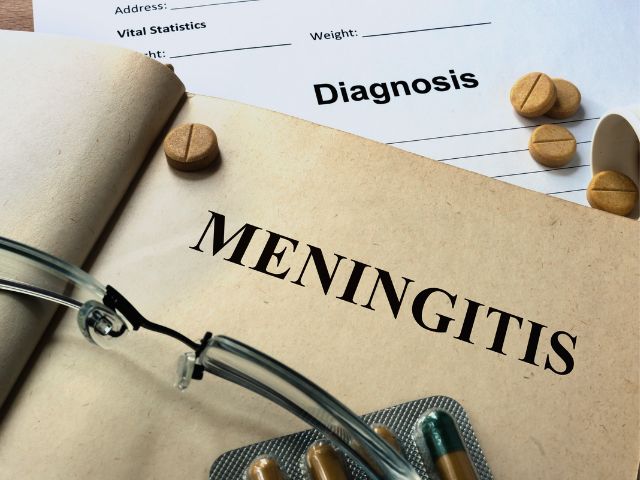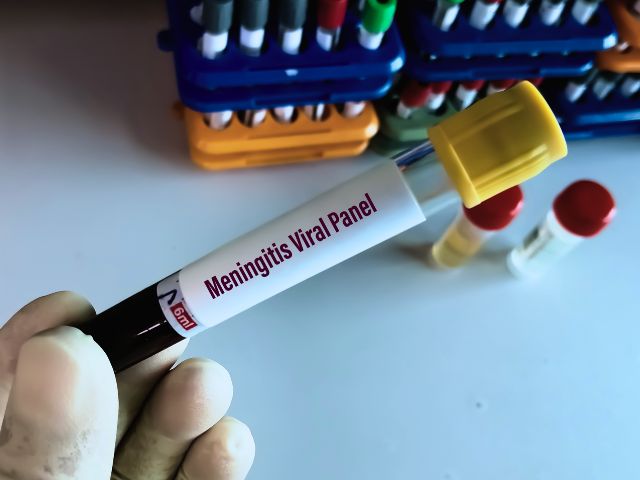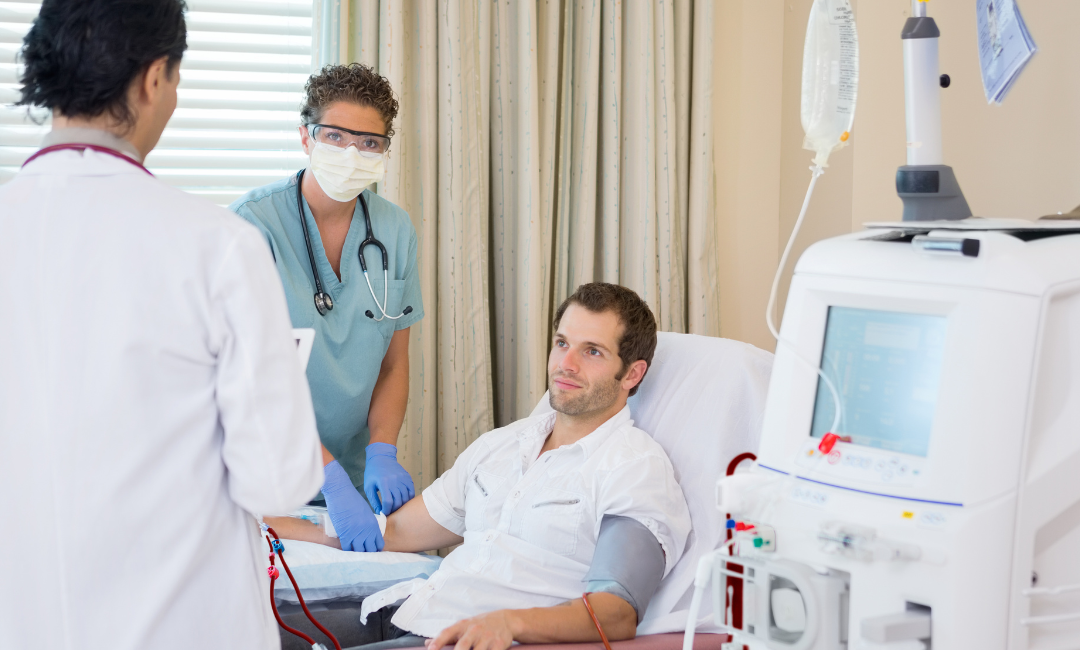How To Manage A Patient With Meningitis
To manage a patient with meningitis, the most critical primary aspects are to check the ABCs (Airway, Breathing, and Circulation) and rapidly administer antibiotic therapy.
If the patient’s airway is at risk, it can be supported by mechanical ventilation, intubation, or hyperventilation. Start antibiotics simultaneously. If the patient is seriously ill, antibiotics and corticosteroids are started immediately before lumbar puncture.
If a person is suspected of having meningitis and a lumbar puncture is delayed for neuroimaging, treatment with antibiotics and corticosteroids should not be delayed.
Other measures for caring for your patient with meningitis include ICP monitoring. The physician may prescribe osmotic diuretics like mannitol to bring down the ICP. For seizures, the physician will prescribe anticonvulsant medications.
Sometimes, you may need to involve the surgical team for the drainage of hydrocephalus or abscess. That is required to prevent permanent neurological deficits.
Caring for a Patient with Meningitis
There are various things you should do to care for your patient with meningitis.
As the patient is admitted to the hospital, check the airway, breathing, and circulation. To maintain airway patency, you can intubate the patient.
Monitor the patient’s response to therapy. Check for improvement or deterioration in the patient’s health status. Patients with meningitis require a periodic assessment of vital signs and neurological examination.
Encourage the patient to have complete bed rest. Elevate the head at a 30-degree angle to relieve the intracranial pressure.
To prevent seizures, control the environment and keep noise and light stimuli low.
Control hyperthermia to prevent shivering. Assess the patient for fever periodically.
A patient with increased ICP may need clarification. If a patient is restrained and fights them, the ICP Institute implements safety precautions to prevent injury from raised ICP or seizures.
Reorient the patient to time, place, and person as they are. Patients may need help with increased ICP. Communicate with them and explain the disease process. Allow the family to meet with the patient to help them reorientate.
As the patient is on bed rest, implement measures to limit the effects of immobility. Skin care, range of motion exercises, and periodic turning and positioning of the patient are needed.
Once the acute phase settles, the need for rehabilitation begins. Assess the patient for any signs of permanent neurological deficits. If any dysfunction is present, a multidisciplinary rehabilitation program is needed to help the patient with rehabilitation.
Also, check the vision and hearing senses of the patient.
Caring for Children with Meningitis
The treatment and care for the pediatric population are similar to that of adults. However, children may be agitated and irritable. To soothe a child, encourage the family to be around them. Familiar voices of parents and the soothing touch of mother helps them calm down. To comfort them, their favorite toys can be brought for them.
In children, growth and development are essential. After the acute phase, the child should move into rehabilitation. Observe the developmental progress in a child, and if the child lags in it, make appropriate referrals.








